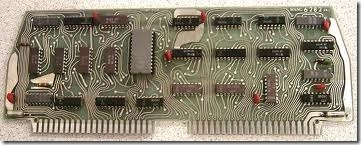The Arithmetic and Logic Unit
The Arithmetic and logic unit performs all computations (addition, subtraction. Multiplication, and division) and all logic operations (comparisons).
Examples of computations include the payroll deduction for Social Security, the day-end inventory, and the balance on a bank statement. A logic operation compares two pieces of data. Then, based on the result of the comparison, the program "branches" to one of several alternative sets of program instructions. Let’s use an inventory system to illustrate the logic operation. At the end of each day the inventory level of each item in stock is compared to a reorder point. For each comparison indicating an inventory level that falls below (<) the reorder point, a sequence of program instructions is executed that produces a purchase order. For each comparison indicating an inventory level at or above (= or >)the reorder point, another sequence of instructions is executed .
The arithmetic and logic unit also does alphabetic comparisons. For example, when comparing Smyth and Smith, Smyth is evaluated as being greater alphabetically, so it is positioned after Smith.
Purity in Production In the manufacturing of computer chips, air purity is everything. The tiniest dirt particle could destroy the chip that Is In production. One particle, half of a micron (a millionth of a meter) wide, Is allowed per cubic foot of air in clean rooms where chips are assembled. A human sitting at rest sheds about 15,000 particles per second; therefore, employees must wear suits that cover their entire body.

